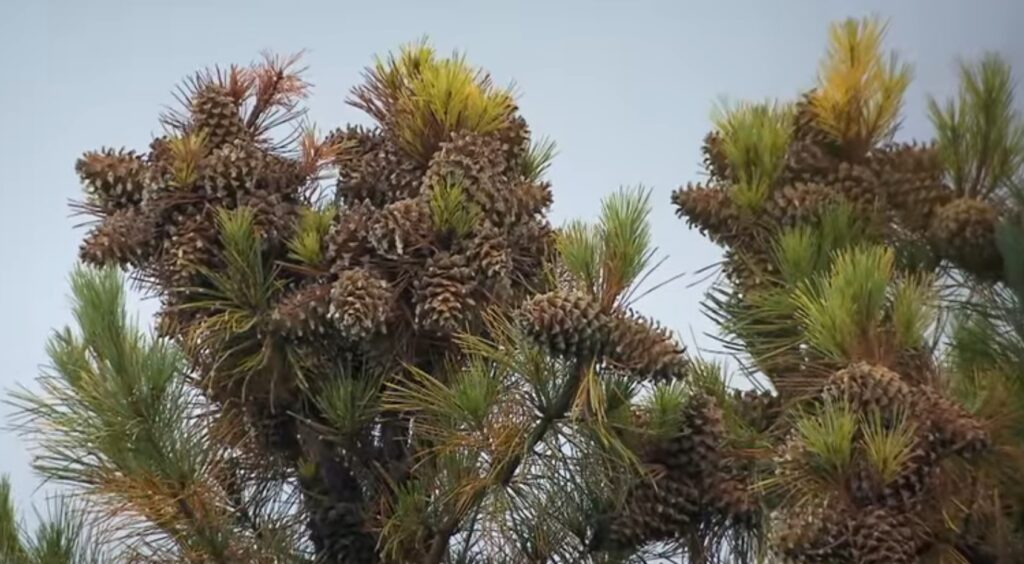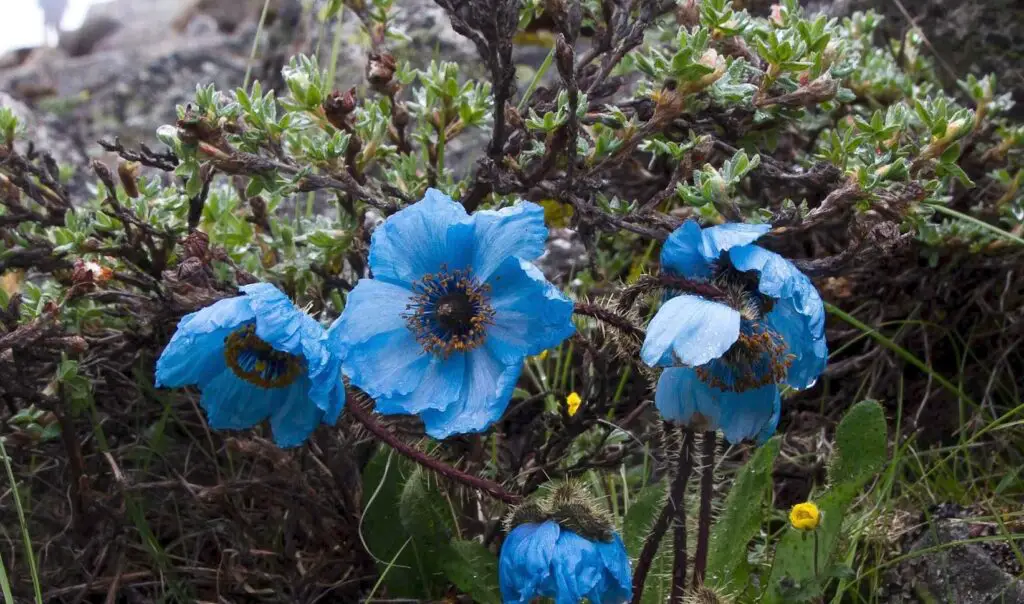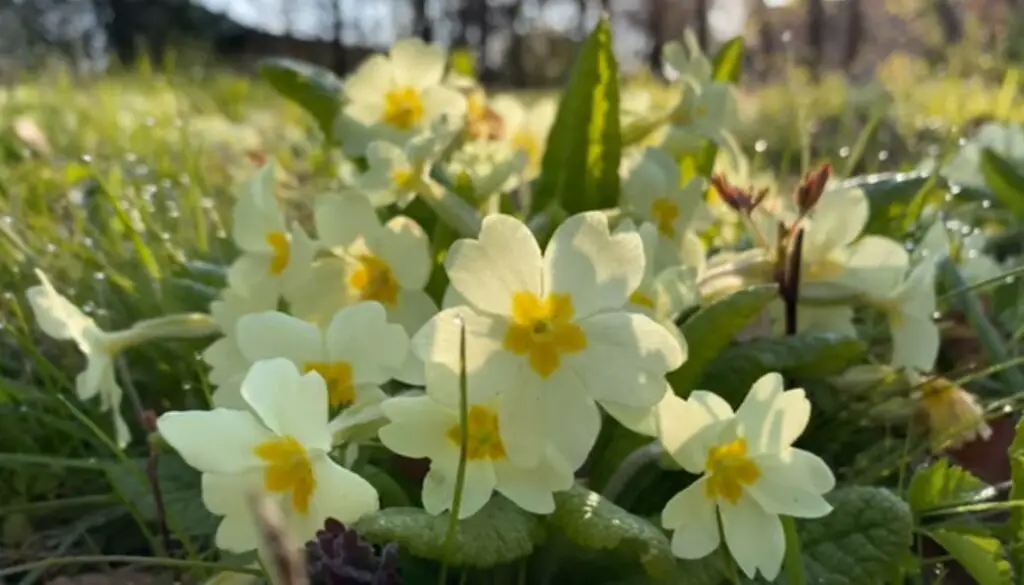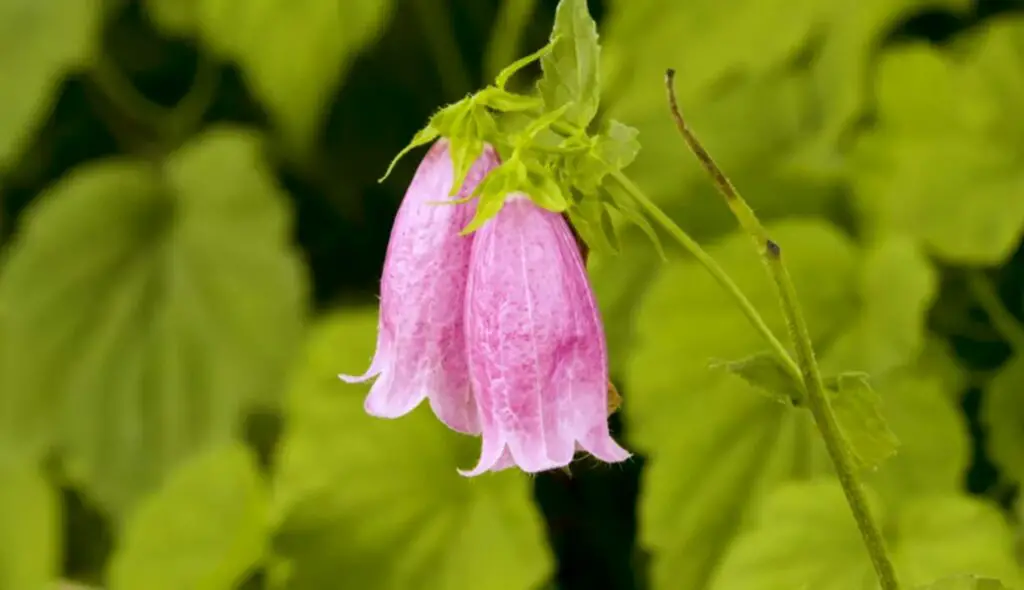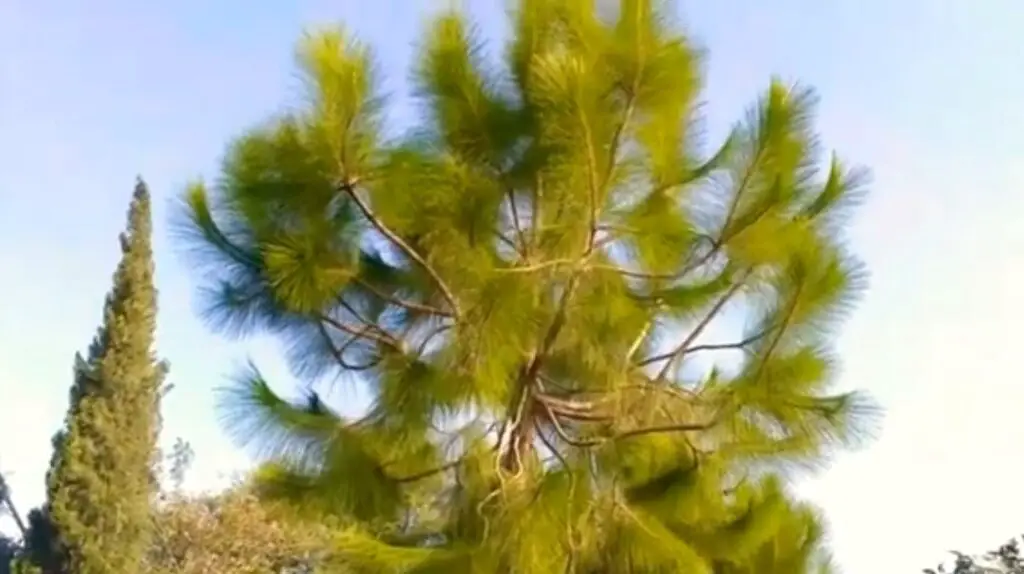Chilgoza pine forests are a precious natural resource in Pakistan, known for their valuable pine nuts and their ecological significance. The Chilgoza pine (Pinus gerardiana) is a species of pine tree that is found only in the western Himalayas, including parts of Pakistan, Afghanistan, and India.
Chilgoza Pine Forest Benefits
In Pakistan, Chilgoza pine forests are primarily found in the northern regions of Gilgit-Baltistan and Khyber Pakhtunkhwa. These forests are a critical source of income and food for local communities and play a vital role in preserving the biodiversity of the region.
Chilgoza pine nuts are highly valued for their nutritional and medicinal properties. They are rich in protein, vitamins, and minerals and are a popular ingredient in traditional Pakistani and Indian cuisine. Chilgoza pine nuts are also used in Ayurvedic and Unani medicine to treat a variety of ailments, including digestive disorders and respiratory problems.
However, the Chilgoza pine forests are under threat due to deforestation, overgrazing, and illegal logging. The demand for Chilgoza pine nuts has led to unsustainable harvesting practices, which can harm the trees and negatively impact the local ecosystems.
Significance of Chilgoza Pine Forests
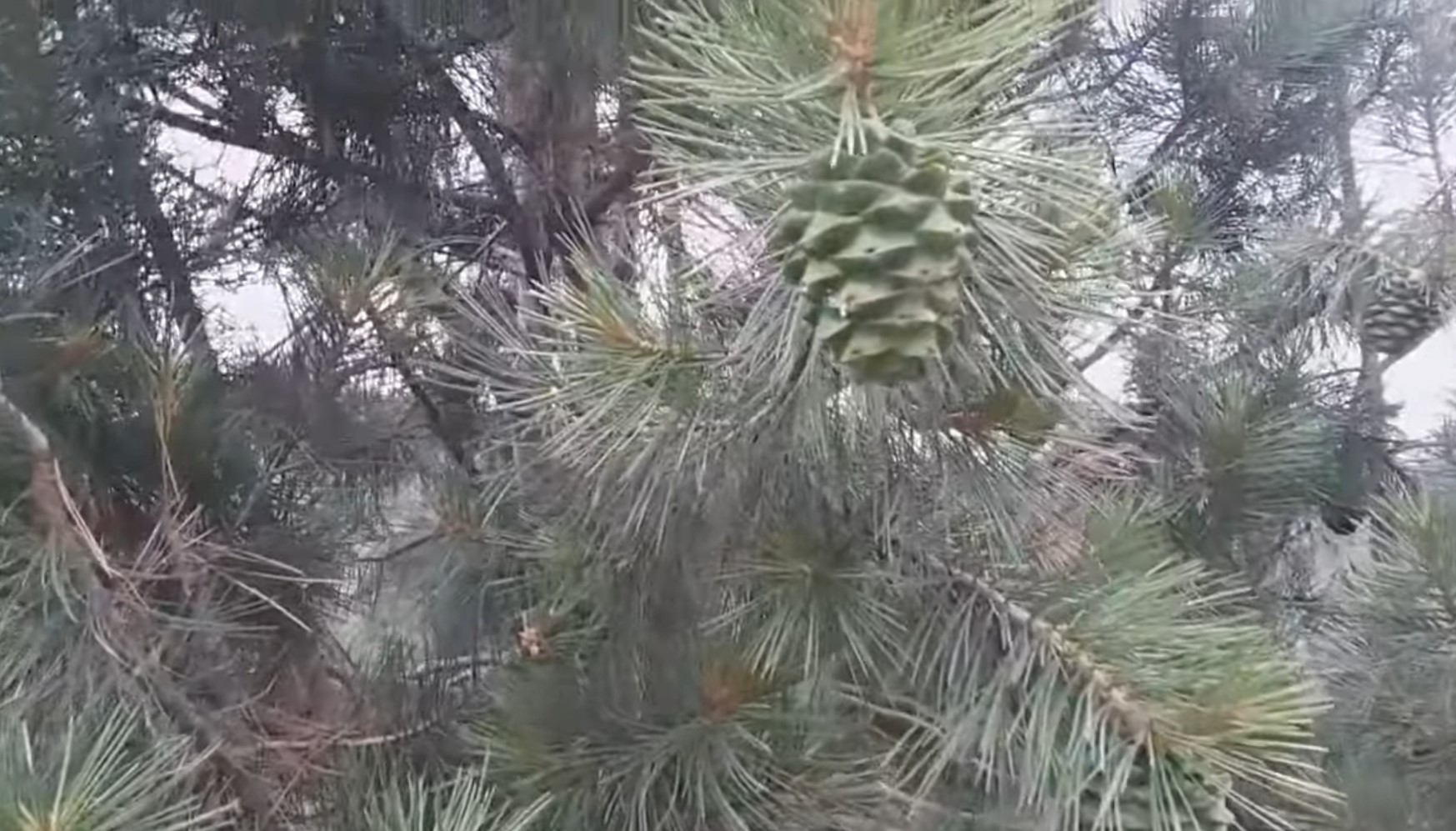 The Chilgoza pine forests are also significant for their role in preserving the local biodiversity. These forests are home to a variety of plant and animal species, some of which are endangered or threatened. The Chilgoza pine itself is a unique species that is adapted to survive in harsh mountainous environments, making it an important component of the local ecosystem.
The Chilgoza pine forests are also significant for their role in preserving the local biodiversity. These forests are home to a variety of plant and animal species, some of which are endangered or threatened. The Chilgoza pine itself is a unique species that is adapted to survive in harsh mountainous environments, making it an important component of the local ecosystem.
In addition, the Chilgoza pine forests have a significant impact on the water cycle in the region. The trees act as natural water catchment areas, helping to regulate water flow and maintain soil moisture. This is particularly important in the arid and semi-arid regions where these forests are found.
The Chilgoza pine forests also have cultural and historical significance. The pine nuts have been an important food source for local communities for centuries and are a part of the traditional cuisine in the region. The forests themselves are also steeped in cultural significance, with many local myths and legends associated with them.
Preservance of Chilgoza Pine Forest
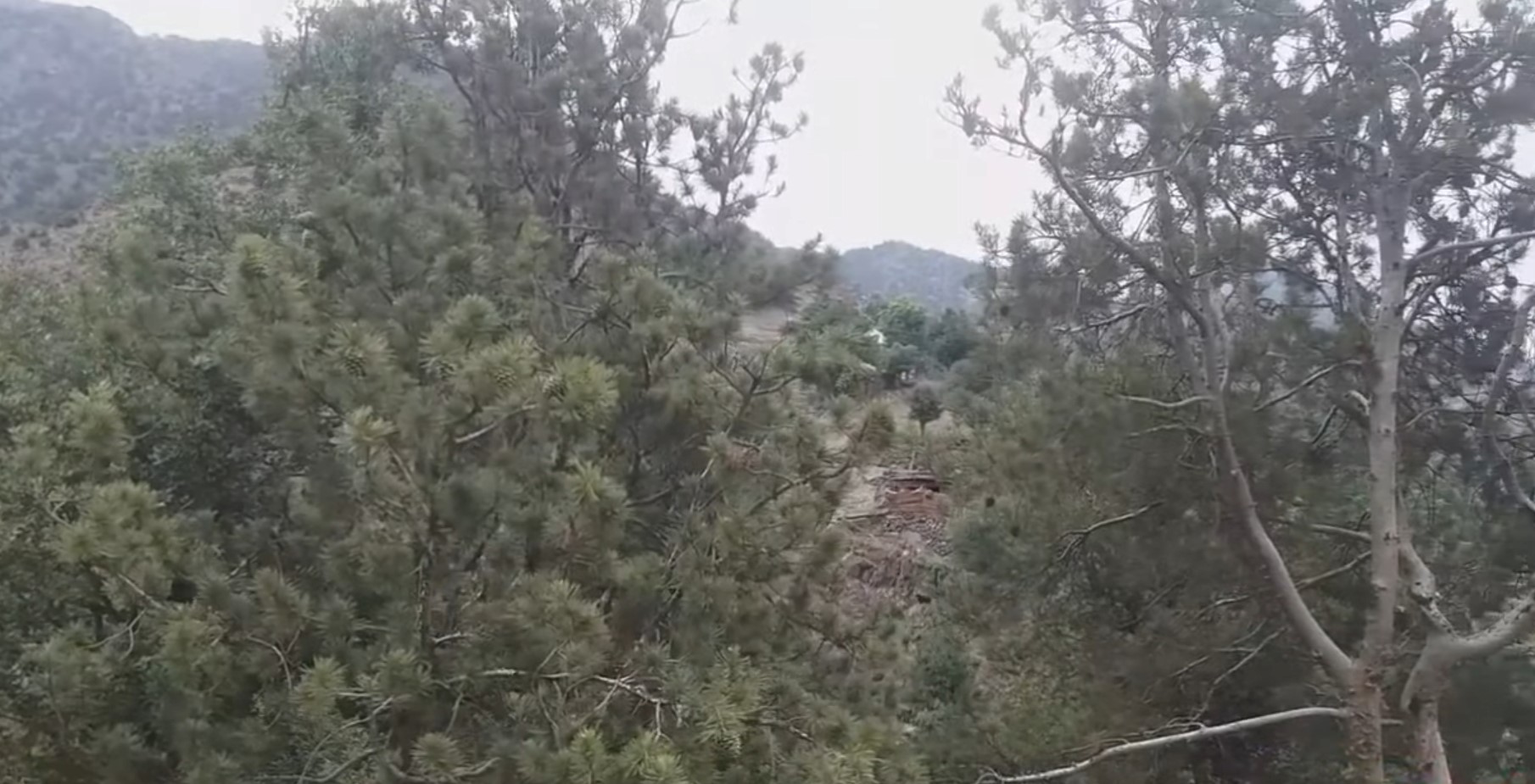 The Chilgoza pine forests are facing a range of challenges that threaten their long-term sustainability. Deforestation, overgrazing, and illegal logging are some of the major threats to these forests. These practices can lead to soil erosion, loss of habitat for wildlife, and reduced water quality, among other negative impacts.
The Chilgoza pine forests are facing a range of challenges that threaten their long-term sustainability. Deforestation, overgrazing, and illegal logging are some of the major threats to these forests. These practices can lead to soil erosion, loss of habitat for wildlife, and reduced water quality, among other negative impacts.
To address these challenges, a range of conservation efforts are underway. The government of Pakistan has established protected areas and implemented policies to promote sustainable forestry practices. Local communities are also involved in conservation efforts, including reforestation and selective harvesting, to ensure the long-term health and sustainability of the forests.
Efforts are underway to protect and conserve the Chilgoza pine forests. The government of Pakistan has established protected areas and implemented policies to promote sustainable forestry practices. Local communities are also involved in conservation efforts, including reforestation and selective harvesting, to ensure the long-term health and sustainability of the forests.
In addition to their economic and ecological importance, Chilgoza pine forests also provide recreational opportunities for tourists and nature enthusiasts. Visitors can enjoy the natural beauty of the forests, go hiking or camping, and learn about the cultural significance of the Chilgoza pine and its nuts to local communities.
In conclusion, the Chilgoza pine forests of Pakistan are an important natural resource with significant ecological, economic, and cultural value. Efforts to conserve these forests are essential to ensure that they continue to provide these benefits for generations to come. It is important to balance the need for economic development with sustainable forestry practices to ensure the long-term health and sustainability of these valuable forests.

